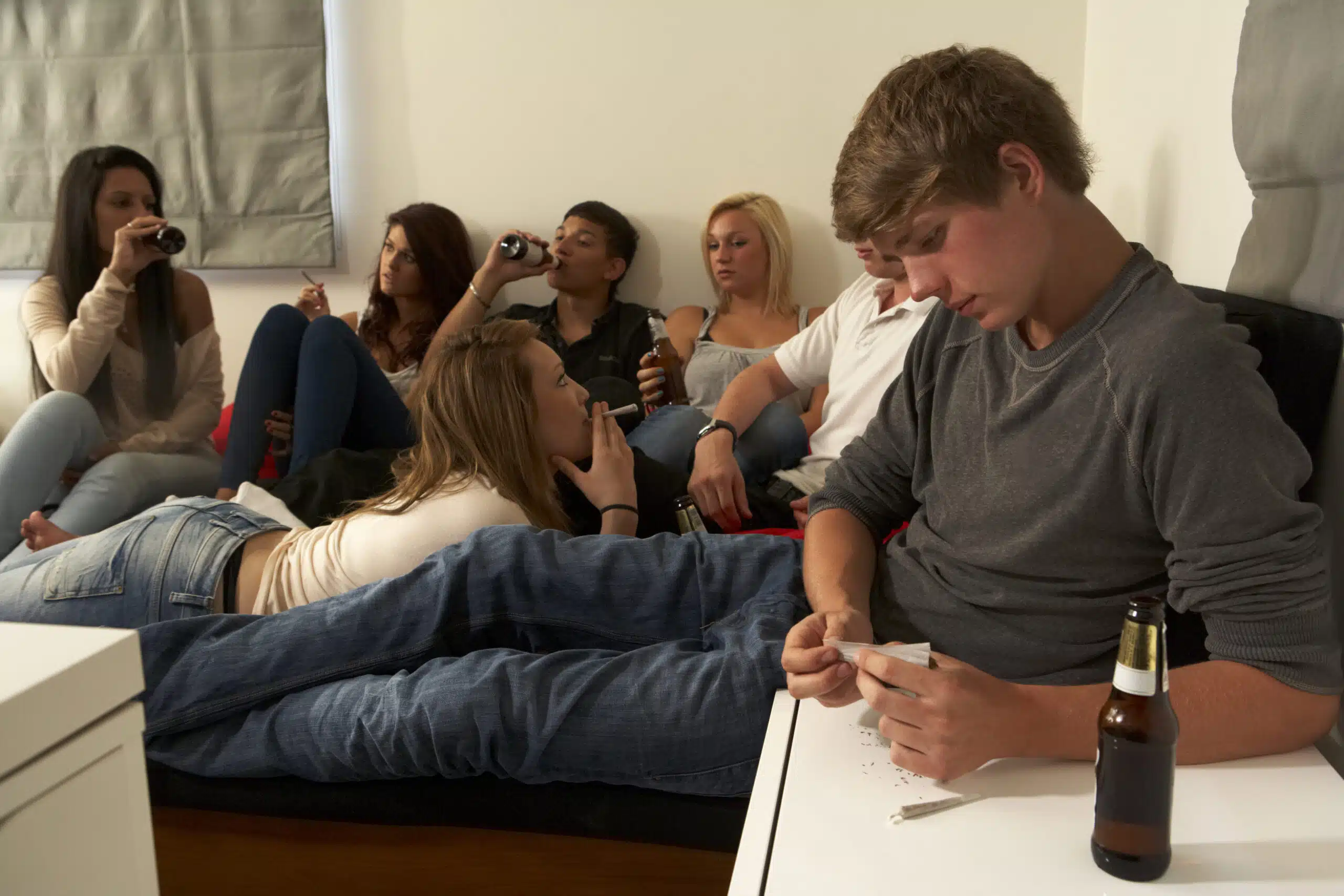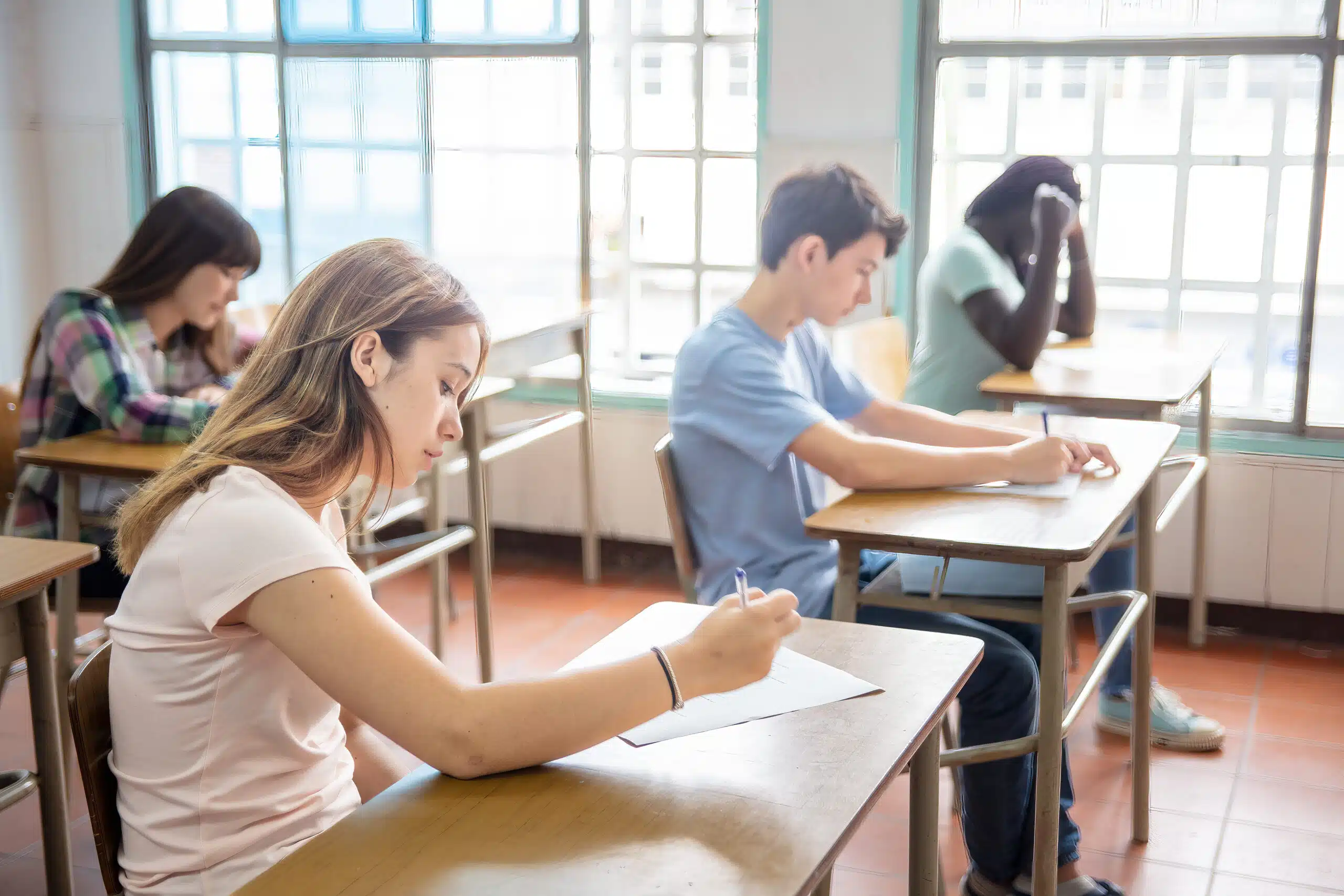
Here’s How To Manage Stress with Self-Care
At times of uncertainty and full-blown chaos, self-care is an essential part of maintaining good mental health. Many people don’t consider self-care a necessity because it seems selfish to take time out for oneself when the world seems to be cracking in two. Adults most often have the room to engage in self-care, but for teens, the connection between self-care and good mental health could be an enigma.
For those who take the time for self-care, stress is alleviated, and moods can be elevated. When you take the time to rest, relax, and remove yourself, however briefly, from the chaos of life, your brain and body are much more capable of handling the stress that comes with insecurities created by things like the COVID-19 pandemic.
Teens can use many of the same self-care techniques as adults, but it’s important for parents to supervise their teen’s mental health and perhaps recommend something that might help them de-stress at home. But there’s no question that unplugging, using relaxation techniques, and spiritual practices are all good options for self-care.
Unplugging
Part of self-care is getting yourself off the internet, away from social media, and unplugged from your smartphone. Teens are practically one with cyberspace, so convincing them that a break from the internet or social media or video games can be a good thing will be difficult.
Teens may see these as their only remaining connection to the outside world and by taking it away, you are disconnecting them from their friends. There certainly is truth to that, but too much screen time will certainly increase stress in teens. Too much screen time can give your child insomnia; increase your teen’s risk for attention problems, anxiety, and depression; and put your teens at risk for gaining weight.
If you have a teen with mental health issues, self-care is not an option – it’s a requirement. You need to have a discussion with your teen about how unplugging is a good way to find other ways to spend time – like reading, playing with siblings, helping around the house, or finding a new hobby. Offer your teen suggestions for activities outside the digital realm. Encourage them to find a new talent, like art or music or writing. You can also give them options for physical activities that connect mind and body.
Yoga and Meditation
Teens have become more sophisticated over the generations. Where once yoga and meditation would have been seen as kooky or strange, many teens now engage in these activities on a regular basis. These are exceptional practices for connecting mind and body and tapping into spiritual energy.
Yoga is an ancient practice that connects the mind with the body. “It incorporates breathing exercises, meditation and poses designed to encourage relaxation and reduce stress.” Yoga is said to have benefits for both mental and physical health. While not all science backs yoga’s benefits, there is evidence for certain benefits in practicing yoga regularly as a method of self-care.
Can Decrease Stress
Yoga eases stress and promotes relaxation. In fact, multiple studies suggest yoga can decrease the release of cortisol, a prevalent stress hormone. When used alone or with meditation, yoga can serve as a way to keep stress levels low.
Relieves Anxiety
Many people use yoga to cope with anxiety. There is substantial research showing that yoga can help in reducing anxiety. In this study, “34 women diagnosed with an anxiety disorder participated in yoga classes twice weekly for two months. At the end of the study, those who practiced yoga had significantly lower levels of anxiety than the control group”.
Improves Quality of Life
Yoga has been recognized as an extra therapy to help improve quality of life. Practicing yoga can help elevate your mood and lessen fatigue. During these times of isolation, moods can be very low and fatigue a result of less physical activity. Yoga is an outstanding way to fight off low moods and fatigue. It can also improve quality of sleep as the stretches help relieve tension and increase relaxation.
May Fight Depression
Because yoga decreases levels of the stress hormone cortisol, the brain is able to increase production of serotonin – a neurotransmitter in the brain responsible for stabilizing moods. People with depression have a deficit of serotonin, so yoga is a great way to raise the levels of the neurotransmitter and improve overall mood and lessen chances of depression setting in.
May Relieve Migraines
The stress being caused by the isolation in this crisis could lead teens to experience headaches or migraines. Usually, migraines are treated with painkillers, but “increasing evidence shows that yoga could be a useful adjunct therapy to help reduce migraine frequency.”
Promotes Healthy Eating Habits
One of the concepts in yoga is called Mindful Eating. This encourages being present while eating, rather than focusing on something else, like a smartphone, tablet, laptop, or television. Studies suggest that when you pay attention to the taste, smell, and texture of food, you will perceive thoughts, feelings, or sensations experienced while eating. This practice helps increase one’s sensitivity to the various tastes and textures that natural foods versus processed foods can have.
Along with yoga as a mind/body practice is meditation. Anyone can practice meditation. It’s simple, free, and doesn’t require any gear. And meditation can be practiced wherever you are. Meditation has been practiced for thousands of years. It was originally designed to help deepen one’s understanding of the “sacred and mystical forces of life”. Currently, meditation is used for stress reduction and relaxation.
Meditation is considered a mind-body complementary medicine. It is not considered within the realm of traditional medicine, though physicians can prescribe it as a way to reduce anxiety and improve mental health. Meditation produces a deep state of relaxation and a peaceful mind.
Benefits of meditation
Meditation offers many benefits to its practitioners:
- a sense of calm, peace and balance
- reducing negative emotions
- balance emotional well-being and overall health
- carry you more calmly through your day
- manage symptoms of certain medical conditions
- increasing imagination and creativity
- gain a new perspective on stressful situations
- build new coping skills for managing stress
- increasing self-awareness
- focusing on the present
- increasing patience and tolerance

Types of meditation
Meditation covers the various ways to achieve a relaxed state of being. All meditation practices and relaxation techniques share the goal of achieving inner peace.
Guided meditation. During guided meditation, you create mental images of places or circumstances you find relaxing. It’s sometimes referred to as “going to your happy place”. Try to engage as many senses as possible, including sights, smells, sounds, and textures. You may be led through this process by listening to a recording or listening to a live teacher.
Mantra meditation. Having a personal mantra can be a great way to bring meditation into any life situation. With mantra meditation, you silently repeat a word, thought, or phrase to help you focus on the situation at hand and avoid distractions.
Mindfulness meditation. This type of meditation creates an increased awareness and acceptance of what is happening in the present moment. This helps you expand your conscious awareness. You focus on the flow of your breath, your thoughts, or your emotions, but view them without judgment.
Elements of meditation
The various kinds of meditation include different features. These vary depending on which form you practice. These are some of the most common features in meditation:
Focused attention – frees your mind from the distractions that cause stress and worry.
Relaxed breathing – deep, even-paced breathing using the diaphragm muscle to expand your lungs and slow your breathing, take in more oxygen and breathe more efficiently.
A comfortable position – practice meditation sitting, lying down, walking, or in other positions or activities. Just try to be comfortable and aim for good posture.
Open attitude – thoughts pass through your mind without judgment.
Everyday ways to practice meditation
There is no “wrong” way to meditate, but you can certainly take a class or two, or download guided meditations from the internet. But, of course, it is possible to practice meditation effortlessly on your own:
- Breathe deeply
- Focus all your attention on your breathing
- Scan your body – focus on each organ system and limb individually
- Combine body scanning with breathing exercises
- Repeat a mantra
- Walk and meditate
- Engage in prayer
- Read and reflect
- Focus your love and gratitude
With a combination of yoga and meditation, your teen can increase their level of self-care and reduce stress and anxiety. Other ways to do so include spiritual practices.
Spiritual Practices
Regardless of your teen’s spiritual life, it is possible to engage in spiritual self-care. This actually may be a good time to let your teen start learning about various spiritual practices that can be used as self-care.
In the Christian religion, prayer is a practice of communing with God, asking for help, offering praise, and remember the needs of others. When a believer turns their burdens over to God, they are released from the stress and anxiety of that burden. This allows for a more peaceful, less pressured lifestyle.
According to Buddhism, the most important thing we can do is take responsibility for our own state of mind. Buddhism teaches that meditation can be the antidote to our own personal sorrows, anxieties, fears, and general confusions of the human condition. Buddhist meditation practices offer techniques that promote and improve concentration, emotional positivity, clarity, and a calm vision of the true nature of the world.
In the Islamic context, mindfulness is the virtue of muraqabah, meaning “to watch, observe, regard attentively.” As a spiritual word, it is defined as “the constant knowledge of the servant and conviction in the supervision of the Truth, glory be to Him, over one’s outward and inward states.” A Muslim in a state of muraqabah is in continuous awareness that Allah is Aware of him or her, inwardly and outwardly. It is a state of observant self-awareness in one’s total relationship with Allah.
All of these spiritual practices, and the thousands of others that exist in the world, are definitely areas where self-care is the end game.
Conclusion
Self-care is essential in these days of uncertainty and anxiety. Here we’ve explored just a few ways you can help your teen and your family in reducing stress and anxiety through self-care. And, while travel to an in-patient facility like ours may be difficult in these times of social distancing and trying to flatten the curve, we’re here for phone consultations!
If you’re having trouble managing your stress on your own and you need help: have your parent or guardian contact Beachside today to find out how our mental health experts can help you in these trying times!




